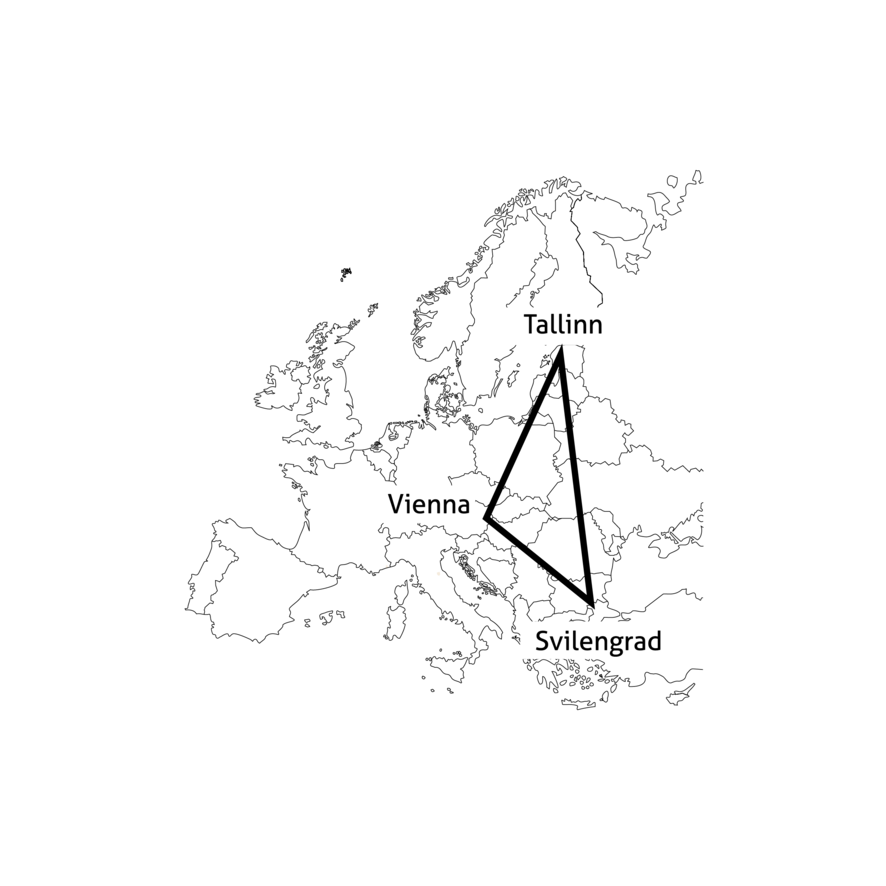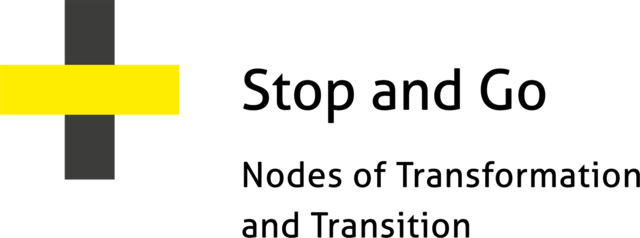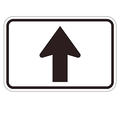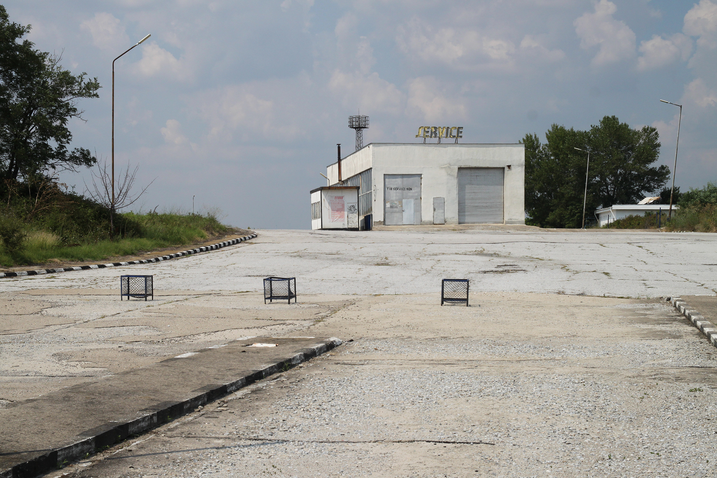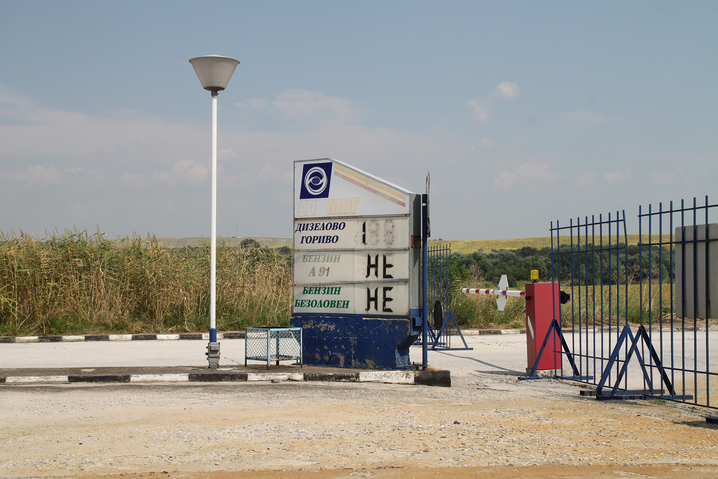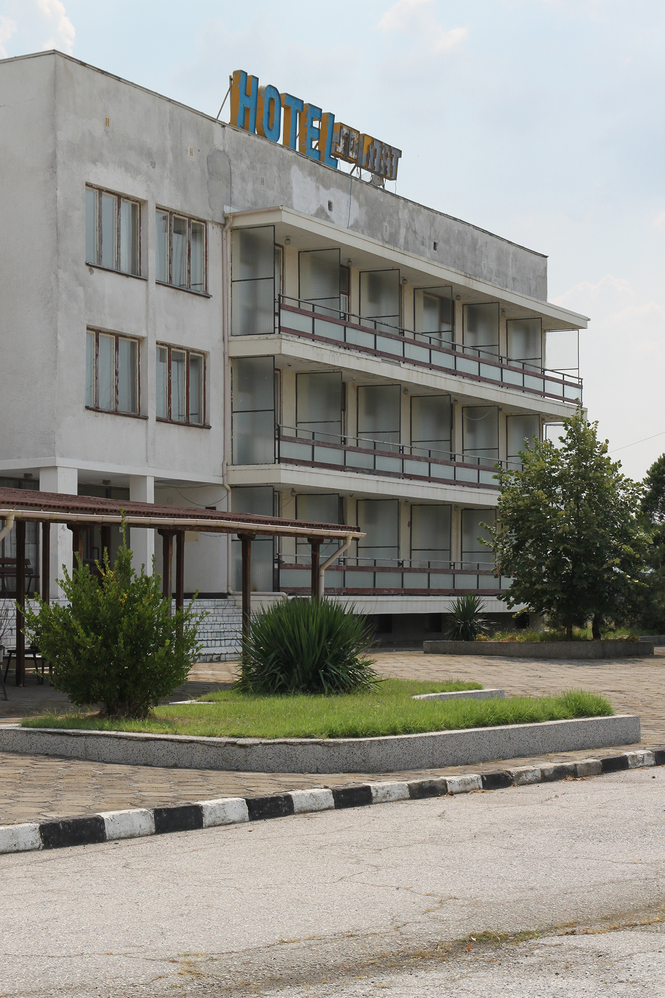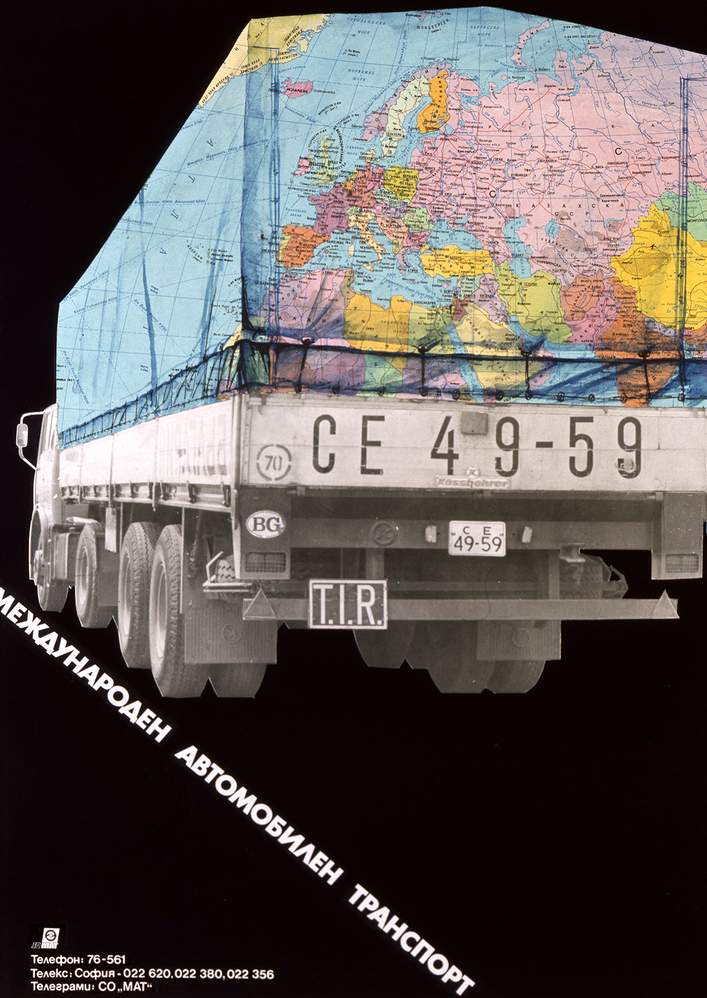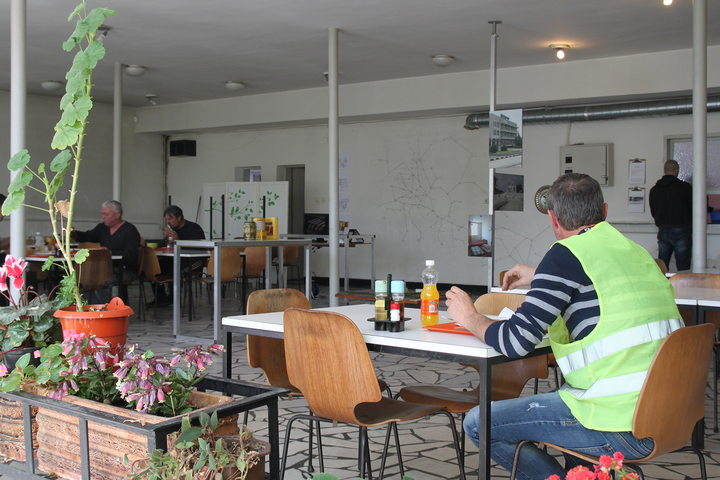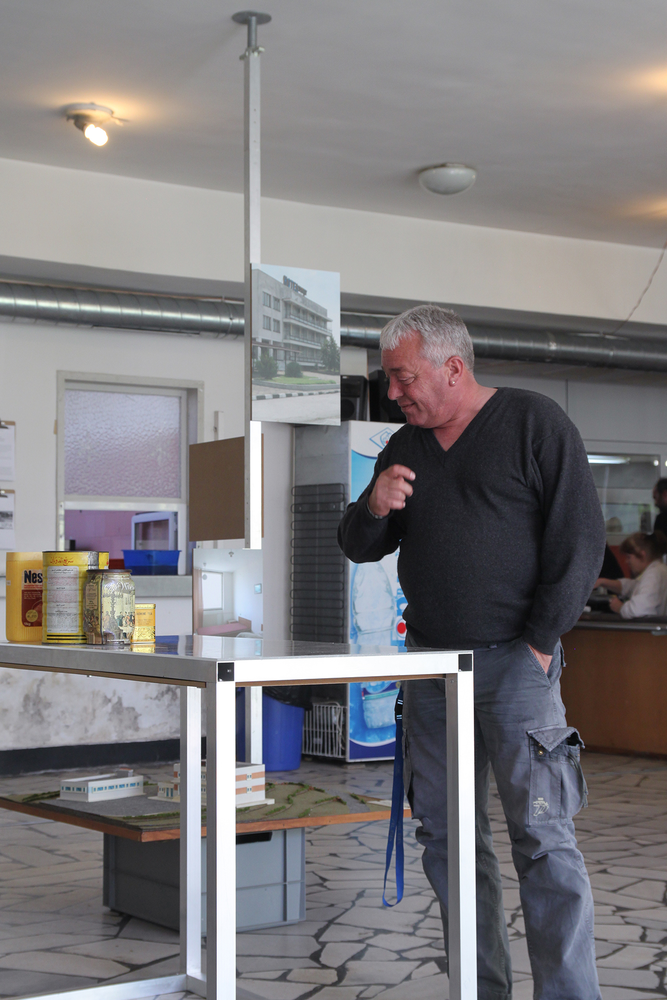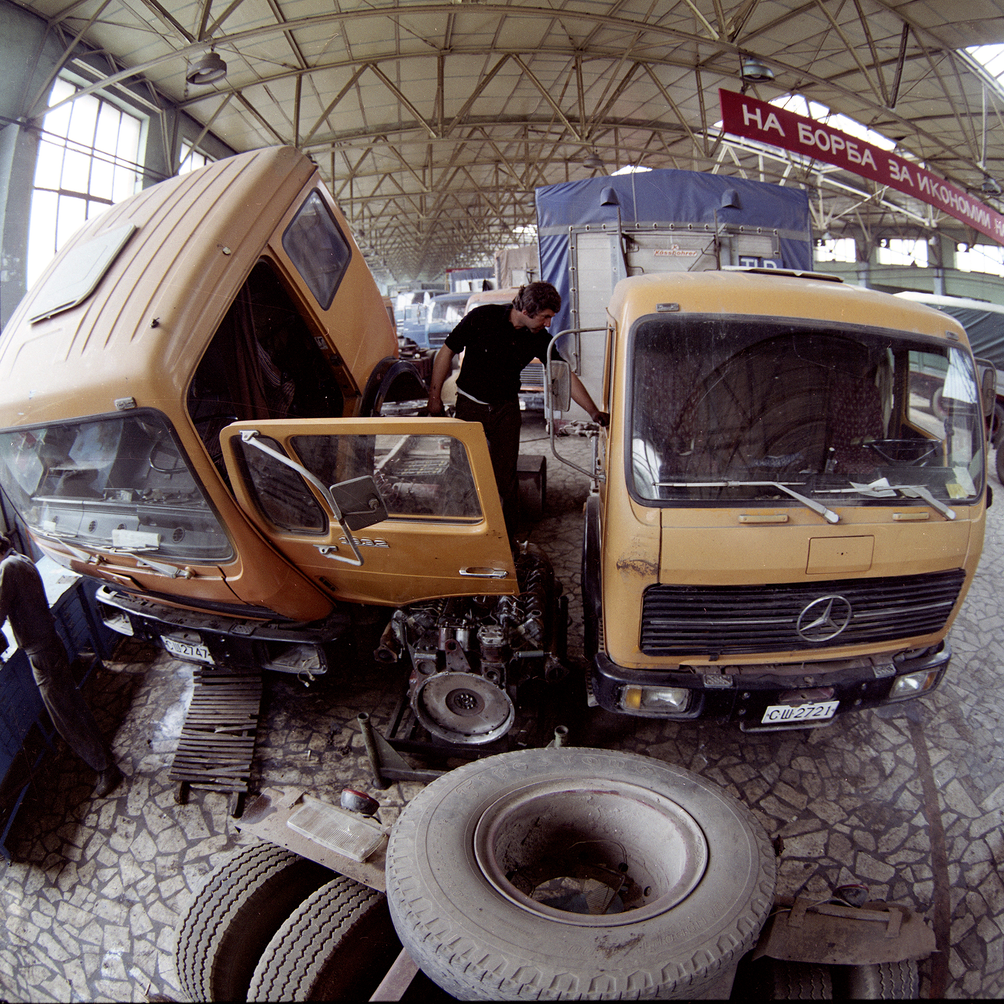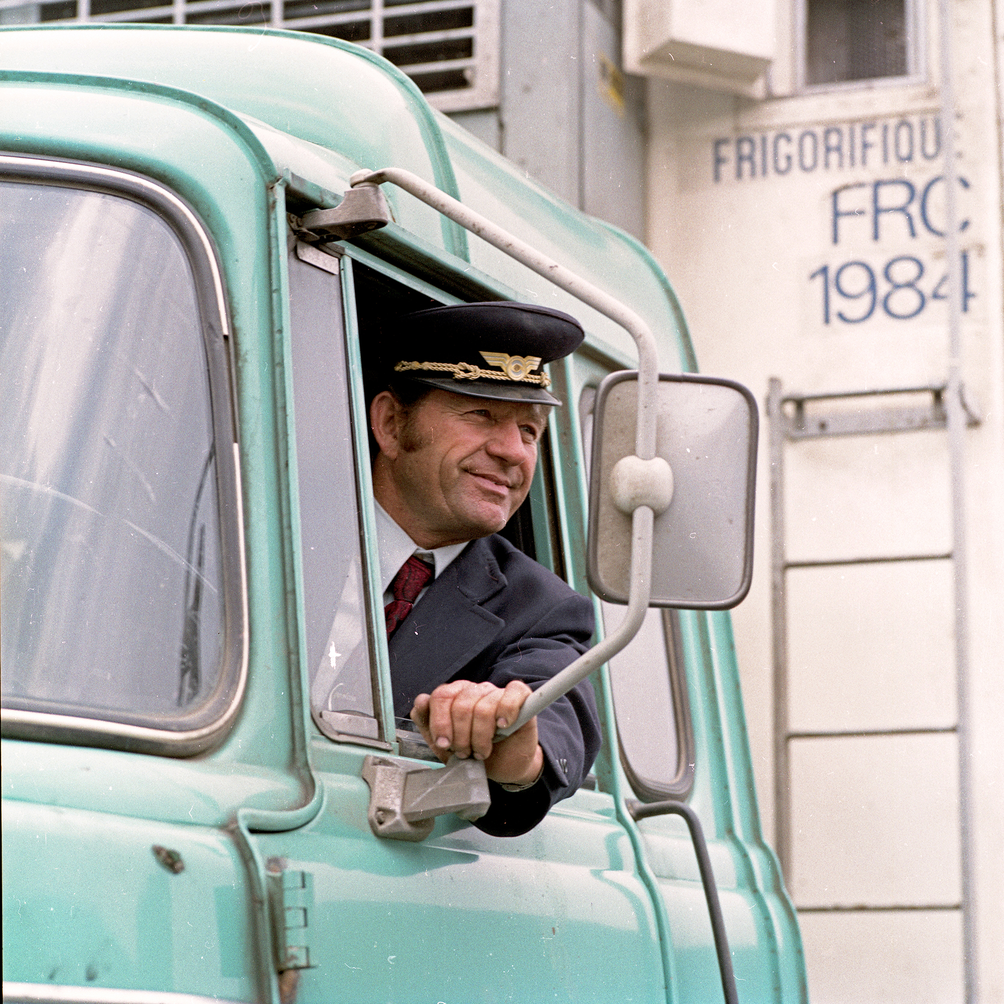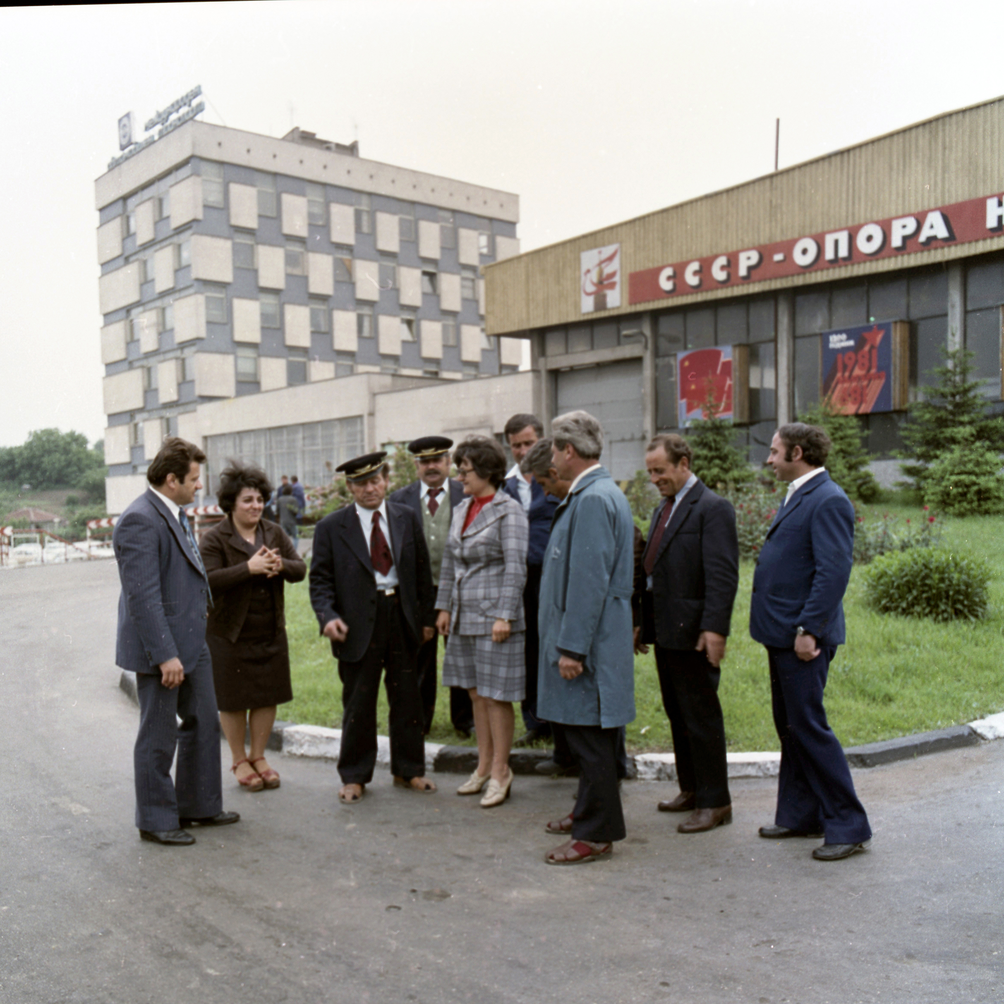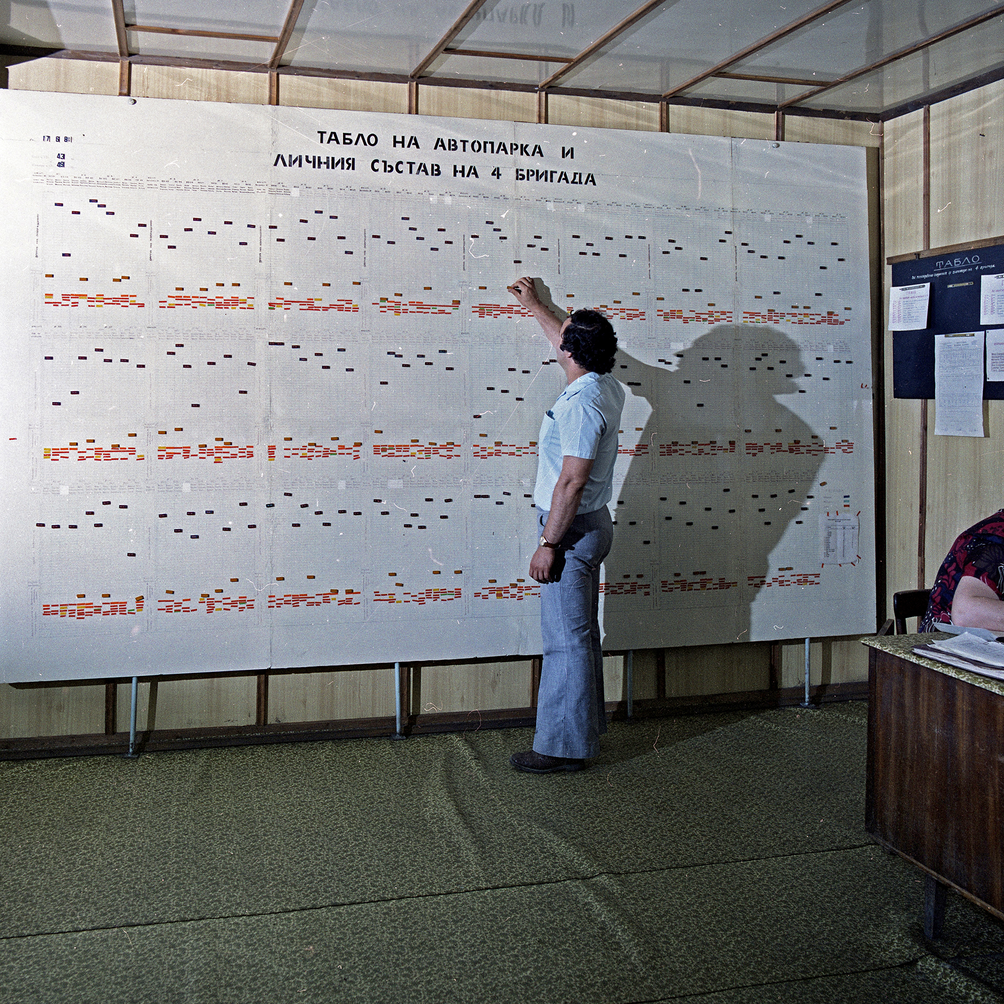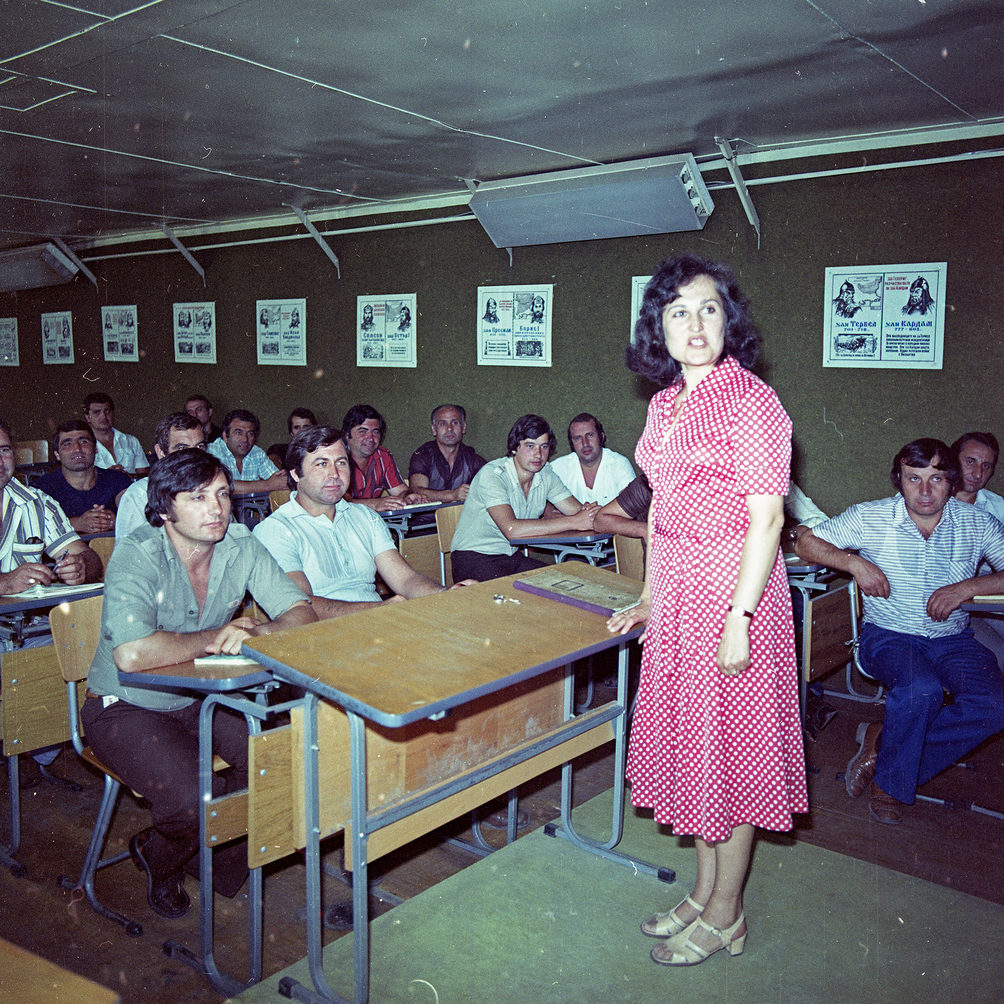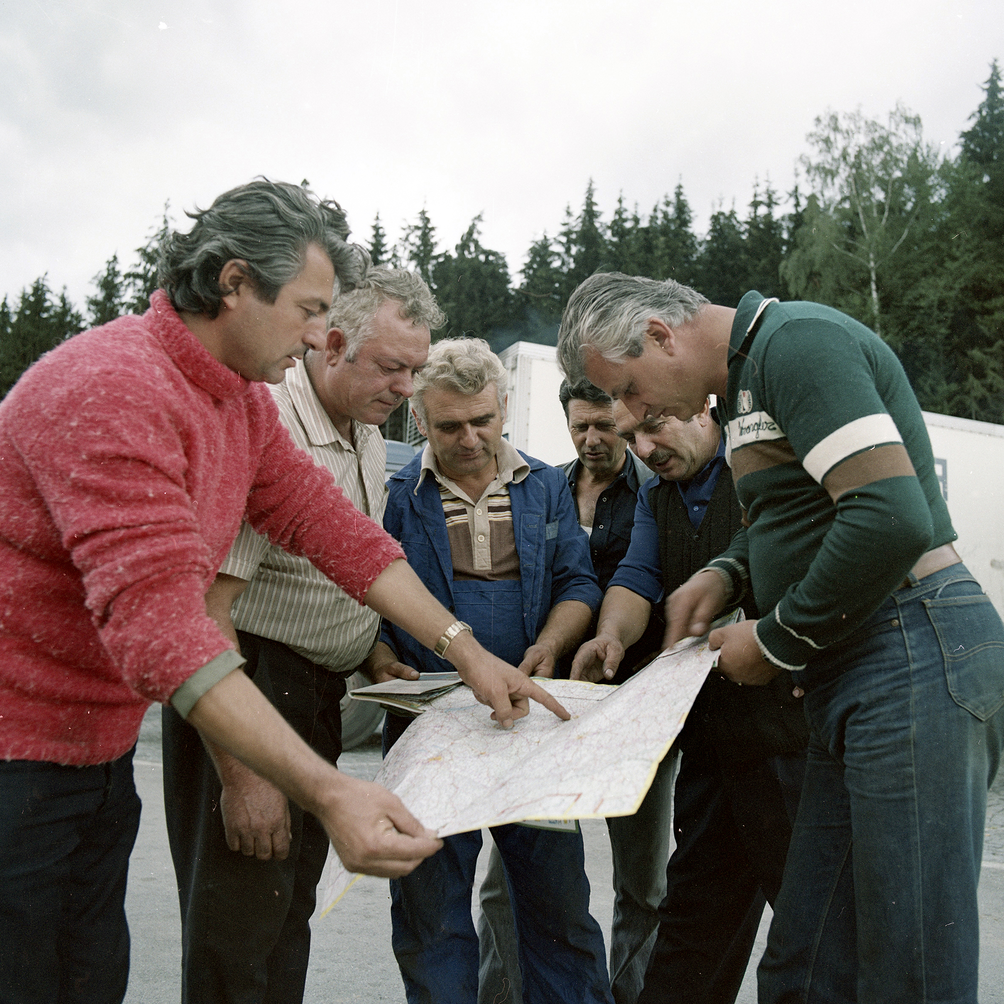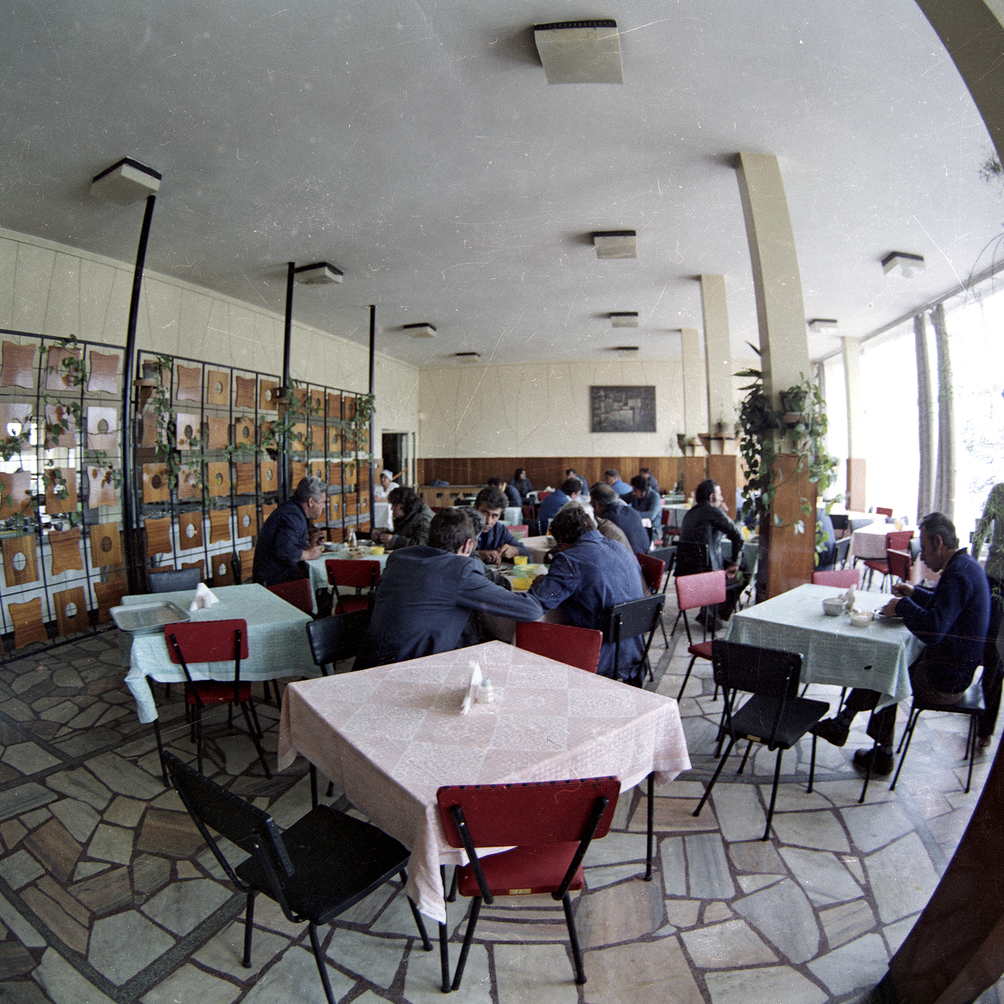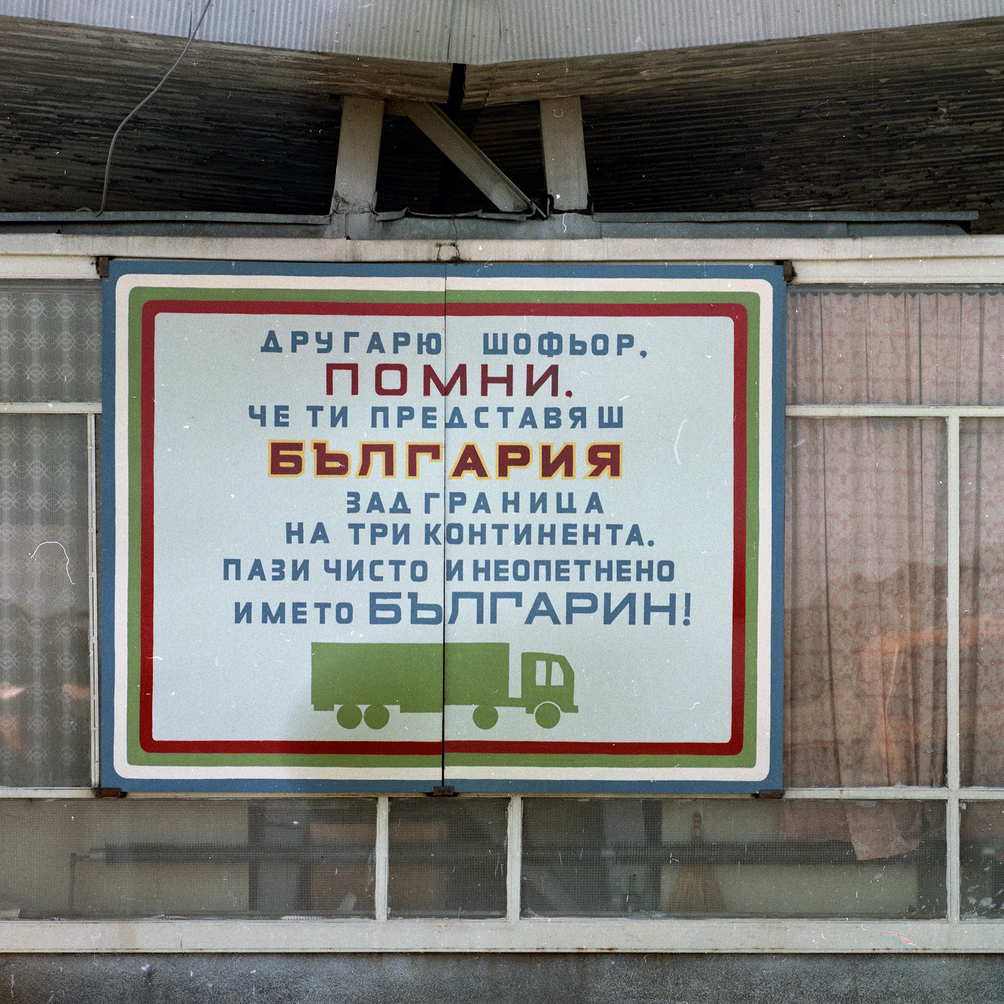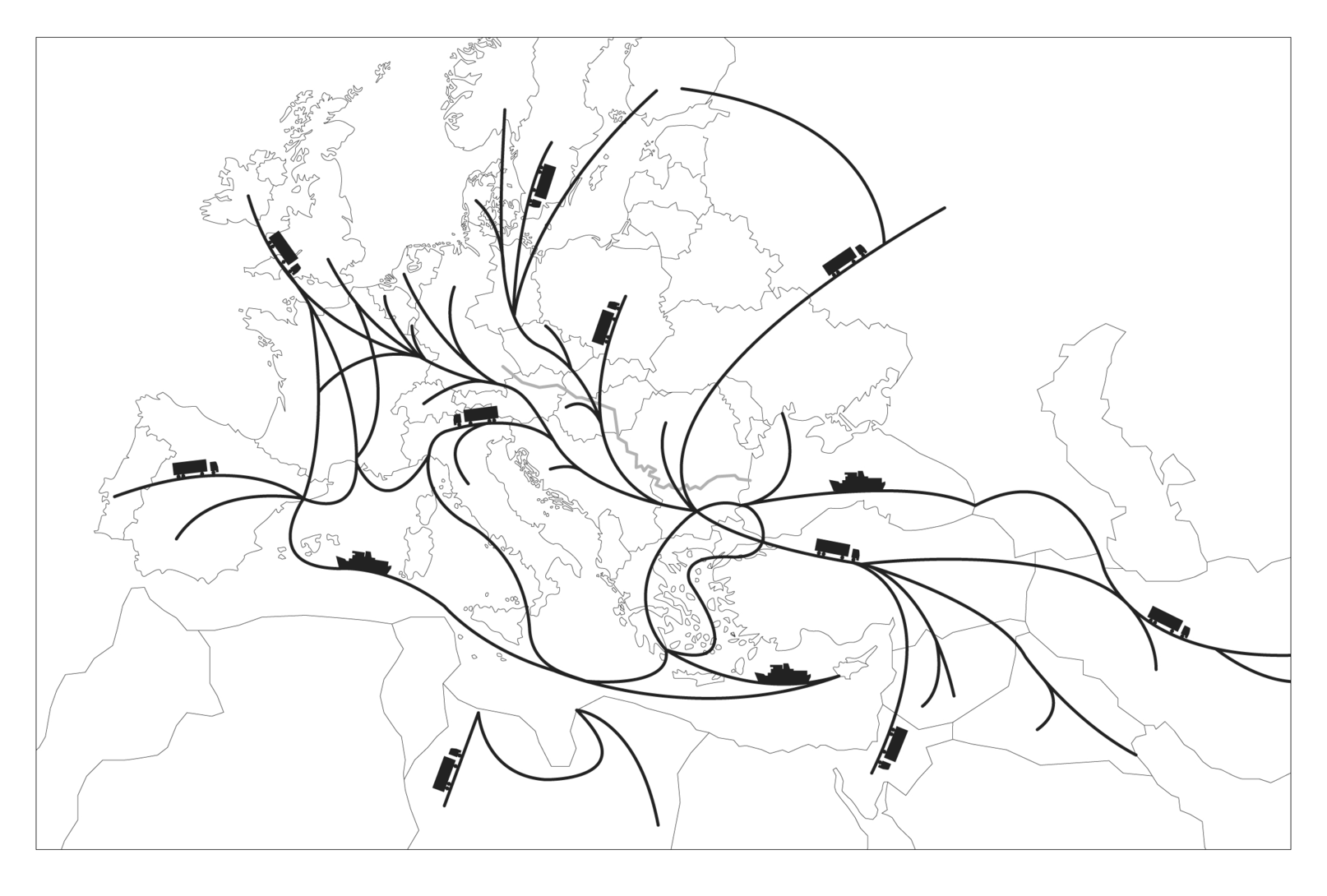During the Cold War, when Bulgaria was still behind the Iron Curtain, the volume of overland goods in transit between Western Europe and the developing countries of the Middle East region and North Africa increased significantly.
The state monopolist of cross-border heavy goods traffic in socialist Bulgaria, SOMAT, took on critical importance. Founded in 1964, by the mid-1980s (and its own account) it was the largest transport company in Europe with 4,500 lorries and a correspondingly far-flung transnational network. The development of SOMAT was therefore a crucial element in Bulgaria’s national identity and thoroughly embedded in the everyday life of its citizens.
For this reason, the successive reorganisations of SOMAT – including its ultimate privatisation – when the monopoly ended in 1989 following the fall of the Iron Curtain were experienced by many as a painful loss. The process accelerated in 1991 with the UN sanctions against Iraq and the wars and insurgencies in connection with the disintegration of Yugoslavia, causing a significant loss of business for the company.
From a Western European point of view, SOMAT was an extremely low-cost competitor. Although the official wages of their drivers were modest, compared to the majority of Bulgarian citizens they were privileged by the fact that they were able to travel abroad. Travelling long-distance transnational routes in all directions, they could earn significant income with black market activities and by smuggling goods of all kinds. Smuggling diesel fuel, kerosene, or other prohibited goods, such as pornographic magazines and alcohol, were particularly lucrative. Consumer goods brought from abroad also significantly increased their personal social status at home and that of their families.
The network of SOMAT service stations
SOMAT had a network of service stations all over Bulgaria – in the capital Sofia, near the crossroads of the most important corridors, close to border crossings – and also at a number of chosen sites abroad, at nodes on the road network. They were fenced-off complexes with huge parking areas and a number of buildings: a gatehouse with a boom barrier, a weighbridge, a company fuel station, a large workshop with a lorry wash, a modernist tower accommodating offices with a safe for trips requiring foreign currency, freight documents, and customs declarations, a company canteen, and toilets, and for the drivers, showers, lodgings, and a surgery for medical examinations.
Our Bulgarian research partner, Emiliya Karaboeva, had thus far only studied the history of the state-owned company SOMAT through Bulgarian secret service archive material. For our investigation into the recent transformation of these nodes, we took the opportunity to visit as many of them as possible during our research trip: for example, at the Bulgarian-Romanian border city of Russe; in Kapikule, close to the Bulgarian-Turkish border; in Pazardjik, in the very heart of Bulgaria; and in Sofia, which is located in the very west of Bulgaria close to the border with Serbia. On these visits we learnt that after privatisation, when the majority of shares had been sold to German Willi Betz, the new owner did not have use for so many service stations. Only the stations in Russe and Sofia are partly in use by Willi Betz today. In most of the stations, spaces are rented out to a range of other logistics companies; many of the spaces are vacant and at least one was entirely up for sale, the station in Kapikule, which is now bypassed by a new highway.
First, we consciously chose to drive the old road from Svilengrad towards the Bulgarian-Turkish border to see the current status of the infrastructure of border economies at the old border station. On our way we coincidentally also noticed a late modernist tower with the lettering ‘Hotel SOMAT’ located on a hillside along the street. The old border station turned out to be entirely closed off; the road only redirected the traffic to a few kilometres of highway that was recently built to access the many new checkpoints of a modern EU-funded border control station. Hence, we found the many stalls, kiosks, and workshops close to the border station vacant and derelict.
When driving back we stopped at the Hotel SOMAT. While curiously gazing over the closed gate, we noticed a bored guard who then approached us. He spoke surprisingly good English and invited us to visit the compound, which he told us was once managed by his mother. While walking around the site, he told us his childhood memories and opened every door to allow us to see the interior of the compound. In the lobby we even found a simple architectural model of the compound protected in a glass vitrine, clearly indicating the importance the place might have had. The compound also had a canteen and simple rooms for overnight stays, which, according to him, were used by the drivers to meet with family members, and sometimes also prostitutes.
Originally, access was limited to drivers from the SOMAT company, but it gradually opened up to drivers of international partner companies and finally to all passengers of transnational traffic passing by or getting stuck in the endless traffic jam of the border checks.
Our guide’s narrations were intriguing and interesting yet anecdotal and limited to this particular station. But they stirred our curiosity and encouraged us to look for a place that is visited by many more people, who would tell us their memories from the trucker milieu.
The Canteen – a perfect place to gain experts’ feedback
We discovered that the very large former headquarters of SOMAT in the south of Sofia is still used by the surviving privatised branches of SOMAT and by many other transport and service companies in the logistics field. The canteen at the centre of this compound still offers several dishes at lunchtime. It therefore seemed to be a promising informal social network node for truck drivers and other people working in logistics business, and, indeed, many of them had been former employees of SOMAT – or at least had relatives who had worked for SOMAT before.
In April 2016 we set up a small exhibition in this canteen: we presented an old public-relations film about the company from 1982, which praised the competence of SOMAT’s wide-ranging network; we made a map of this network, redrawn on the back wall of the canteen; and we showed beautiful images of SOMAT service stations directly on the dining tables. We also displayed the architectural model transported from Kapikule and photos of this station’s current partly derelict and vacant status.
With our research partner, we also hosted an academic workshop in the framework of this exhibition – but the main intention was to trigger feedback from the many people with mobilities expertise whom we expected to meet here.
From the very start, the presentation seemed to be appreciated by the staff and regular visitors of the canteen: The canteen’s chef invited us to drink a bottle of his homemade spirit. We observed several people enjoying a look at the items smuggled by drivers back in the good old days exhibited in the vitrine, while chatting to each other with a smile. But because we lacked the needed language competence, we were not able to speak to all of them. One time we saw a man who according to his habitus, dress code, and hair obviously belonged to the higher social rank of one of the companies located at this site; we actively approached him. It turned out he spoke English very well and even a bit of German.
Georgi Dimitrov invited us to his onsite workspace and provided us with an overview of his own work. But moreover, he instructed us – from his point of view – about the history of the SOMAT enterprise, its current German owner, and the reasons for the decline of the company (as mentioned above in part). At the time he was the manager of Balkanstar repair and service workshop, which specialised exclusively in Mercedes Benz trucks, and in charge of a huge workshop space at the former SOMAT compound. In Communist times Balkanstar was a sub-branch of SOMAT and imported Mercedes trucks to Bulgaria in cooperation with Willi Betz, who also operated a small transport company in Germany. This collaboration is one of the reasons behind the rather paradoxical situation that a state-owned company in a relatively poor Communist state had a fleet of thousands of Mercedes Benz trucks, symbols of Western capitalist technological superiority (originally, they started with French trucks and then changed to Swedish brand Volvo). But the Bulgarian truck drivers, in turn, argued proudly that they had significantly contributed to the technical development of Mercedes trucks by test-driving them both in cold winters and hot summers in the hardest possible conditions of the Asian mountain ranges and deserts.
During the later liberalisation and privatisation phase, both the government and the management board of SOMAT considered Willi Betz to be an appropriate partner to purchase the majority of the SOMAT shares. However, many Bulgarians hold Willi Betz responsible for the decline of the company. Having lost his monopoly on the market in the liberalisation process and facing hard times during the embargo of its major transport routes through Yugoslavia and Iraq, and then with the 1996 economic crisis in Bulgaria, the new owner needed to modernise and rationalise the management of the company and close down parts of the service stations and warehouses to capitalise at least the real estate value of the sites.
The importance of the network of SOMAT service stations in Bulgaria and abroad declined in the new era of cashless payment, online paperwork, and GPS-controlled vehicles. The trucks were often just leased and drove primarily between outsourced warehouses and cargo hubs; if they needed repair, highly mobile service companies were hired. In the old days driving trucks was a dangerous enterprise for numerous reasons: Vehicles and loads of high value – often machinery parts or even weapons were exported – needed to be protected from street robbery or theft. But communications devices were limited in range. Hence, the drivers generally grouped into convoys travelling from one safe node to the next – and without any stops in dangerous regions. Safety was often better guaranteed by tribal chiefs than by official police forces. Medical checks on the drivers were necessary both when leaving Bulgaria for visa requirements and when returning for the prevention of importing diseases from abroad. Workshop spaces were needed to repair vehicles, sometimes to prepare hide-outs for smuggling goods – extra hidden gasoline tanks were a popular device – complicated paperwork had to be prepared and cash had to be stored in bank vaults (it was necessary to pay cash for loading goods or bribing customs officers abroad).
Dimitrov also told us about his early days, when he was working at the SOMAT service station in Vienna, close to the Danube harbour and the black market at Mexikoplatz square, which was initiated and managed by Jews who immigrated to Vienna from Georgia in the 1970s. In its Cold War heyday, Vienna represented a kind of paradise for Bulgarian truck drivers: for them, Vienna was the first metropolitan city on the other side of the Iron Curtain, a relatively safe place to stay, enjoy the nightlife, and take home consumer goods from Western brands.
© Photos: Hieslmair | Zinganel 2015
Vacant service station operated by SOMAT, the former Bulgarian state monopolist company for transnational road cargo, located close to the Bulgarian-Turkish border. Due to the construction of a new section of motorway as part of new border control infrastructure it had been cut off from pan-European Corridor X.
© Poster: SOMAT Archive 1984
As a teaser for the exhibition we used a poster from the SOMAT archive, representing the geographic scope of the company's transnational transport activities.
© Photos: Hieslmair | Zinganel 2016
Workshop and exhibition in the canteen of the former SOMAT headquarters in Sofia in April 2016 that attracted truck drivers, who enjoyed seeing the old smugglers’ goods, and successfully evoked memories and caused conversations.
© Photo: SOMAT Archive 1984
An important part of the exhibition was the films and photos from the archive of SOMAT, shot in 1984 on the occasion of the company's twentieth anniversary.
